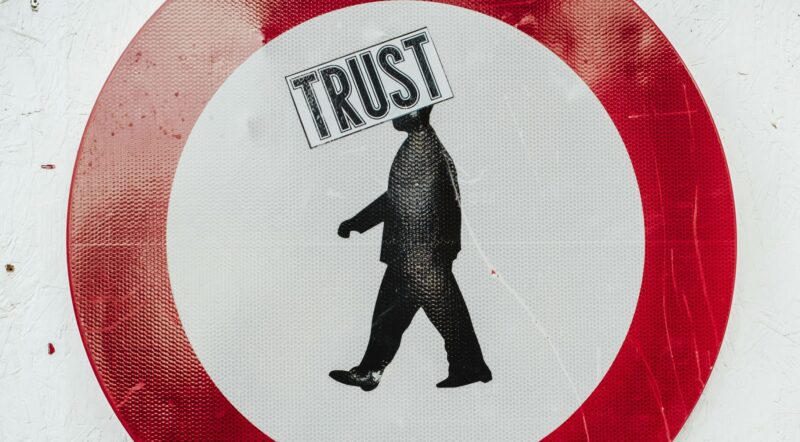Coffee anyone? How George persuades
What persuaded you to want to read more? The image of George Clooney, his good looks, or was it the title? Now that I have your attention, we are going to discuss things other than coffee.
Of late, many of us have not needed much persuading to follow the rules, managing check-ins at venues, restrictions, lock downs and orderly behaviour, even with the accompanied frustrations. Well done, thanks for working towards the common good.
There are some, more difficult to persuade. Be this in our current pandemic or buying a product, how do we persuade those seemingly harder to influence?
The challenge is that we all process things differently.
Some process information via the central route to persuasion, using thorough evaluation of facts and information to make a decision. Others take a more peripheral route, using emotional cues to influence a decision (and often not actually important).
There are many social science and behavioural change theories that can help us understand persuasion, and today’s article uses a few simple examples.
The Elaboration Likelihood Model
The elaboration likelihood model can help explain the central path and peripheral path to persuasion.
Under the central path, persuasion will likely result from a person’s careful and thoughtful consideration of the true merits of the information presented in support of an advocacy – a high level of elaboration and cognition to evaluate the situation.[3]
On the other hand, under the peripheral path, persuasion results from a person’s association with positive or negative cues in the stimulus or making a simple inference about the merits of the advocated position. These cues will involve factors such as the credibility or attractiveness of the sources of the message, or the production quality of the message.[5]

Expanding on this model, Carl Hovland in the 1940’s worked with a team at Yale University for the U.S. War Department, studying the effectiveness of training films and information programs, especially audience resistance to persuasive communications.
Hovland Yale Communications Model
The team studied the nature of persuasive communication and were tasked to find ways to persuade Americans to sign up to help during war time. Out of this came the Hovland Yale Communications Model.
In essence, it identifies three steps …
- WHO,
- SAYS WHAT,
- to WHOM …
… conditions and circumstances under which people are most likely to change their attitude in response to persuasive messaging, with a focus on:
- Source (who)
- Message (says what)
- Audiences (to whom)
- Channel (how)

The study, albeit a 80 years ago and with some aspects challenged over time (refer to end of article links), revealed some simple considerations for communications design, as expanded upon below.
Source Factors
People are more likely to trust and be persuaded by experts in the area who, whether qualified professionals in the area (e.g. doctors), or even people with empathy from experiencing a similar situation (e.g. reformed smoker speaking to smokers).
Different sources offer varying levels of credibility. For example, academic journals or category professionals are stronger in persuasion, compared with as opposed to tabloid newspapers. In the study, credibility was seen to be more persuasive in the short term compared even from sources of lower credibility, but even so, over time credibility in even less reliable sources can build with exposure over time if they fundamentally agree with the idea (see the Sleeper Effect).
Level of intelligence can also affect likelihood of persuasion. This study revealed that two-sided arguments can be more persuasive for more highly educated people as they allow for the central route elaboration and stronger consideration. One -sided arguments tend to be more persuasive for people with lower education levels. Further to this, one-sider arguments can be viewed as patronising for more intelligent people.
Attractiveness of the source also has influence. Attractive people were found to be more persuasive (modern day example, think George Clooney drinking Nespresso).
Fast talkers (particularly loud) are also often more persuasive, as they are viewed as emphasising the importance, more so than slower talkers.
Message Factors
Advertising usually aims to evoke an emotional response – be it fear, sadness, concern or joy, and music or sound effects can further exaggerate this response.
While the fear factor can be persuasive, it was found that this only works if you find an easy way to deal with it – such as offering hope. For example, continuing to smoke will cause cancer (fear) aligned with steps to help quit smoking (giving hope) provides a holistic picture.
A study by Sturges and Rogers during this time used four different combinations of fear and hope in communications to test the ad effectiveness – high fear, high hope, low fear low hope etc). Some felt the heightened fear factors were counterproductive to the message without the balance of hope. The study revealed that high fear, plus high hope had the strongest levels of persuasion.
Audience Factors
Age, level of intelligence and self-esteem can impact likelihood of persuasion and attitude change. It was found that 18-25 year olds (generally) are very susceptible to attitude change through advertisements – usually peripherally. We lose persuasive effect as we get older and are more stable and resistant to change.
The way individuals process information in different situations also has different routes:
- Central route = more effective for high level thinkers – typically adults who don’t change their attitudes as easily (need argument and elaboration to change their set attitudes), or
- Peripheral route = more effective for self-conscious people – e.g. younger people (e.g. 18-25), more influenced by aesthetics

Channel Factors
There are small influences that can facilitate persuasion by making things easy or inhibit behaviours through increasing apathy or difficulty. Psychologist, Kurt Lewin called these ‘channel factors’ – similar to the different paths a river can take, determined by small changes in the landscape. He argued that similarly such tiny factors can create surprisingly strong inhibitors to behaviour that people would prefer to take.
A study conducted by Lewin at Yale University (1965) to persuade students to get their tetanus vaccine, used two test groups. Both groups were provided the same persuasive information about the risks of tetanus and the importance of going to the health centre.
Group 1: received no further information – most planned to go, only 3% got the vaccine
Group 2: received a campus map with the location of the health centre circled, and were asked to look at their weekly schedules and make a plan for appointment – 28% got vaccinated. (Nudge; Thaler, R & Sunstein, C, p77)
In summary, when developing communications, it is important to consider these factors and the degree to which people are influenced by facts that they either carefully consider (via the central route of persuasion) or just like George, emotionally stimulated (via a peripheral route) to making a change in behaviour.
For some further insights on the Hovland Yale Communications models’ effectiveness or weakness https://revisepsychology.wordpress.com/2012/01/05/1-persuasion-and-attitude-change/




